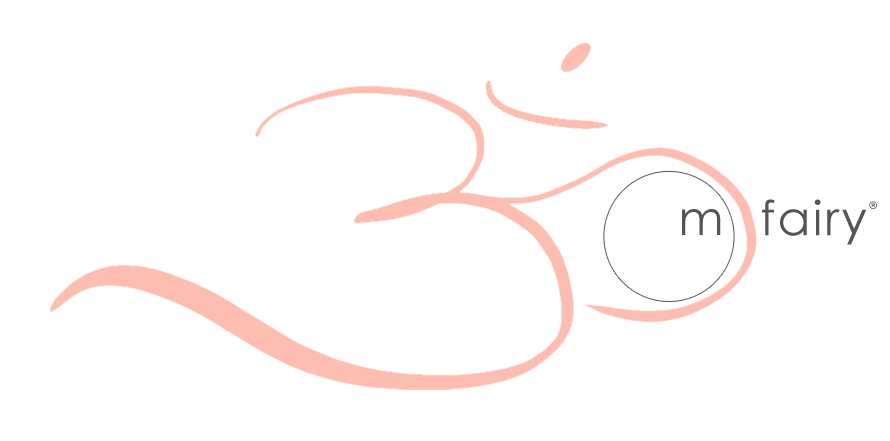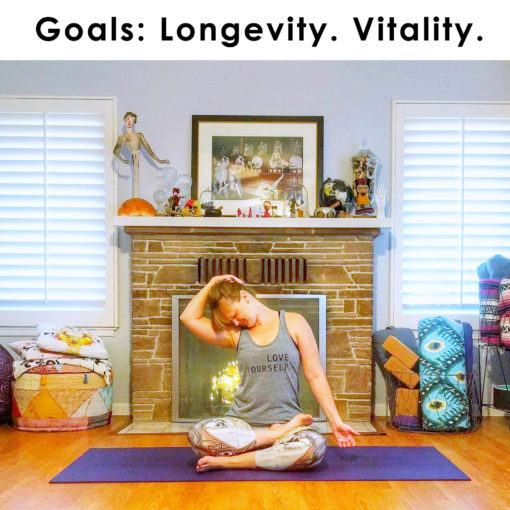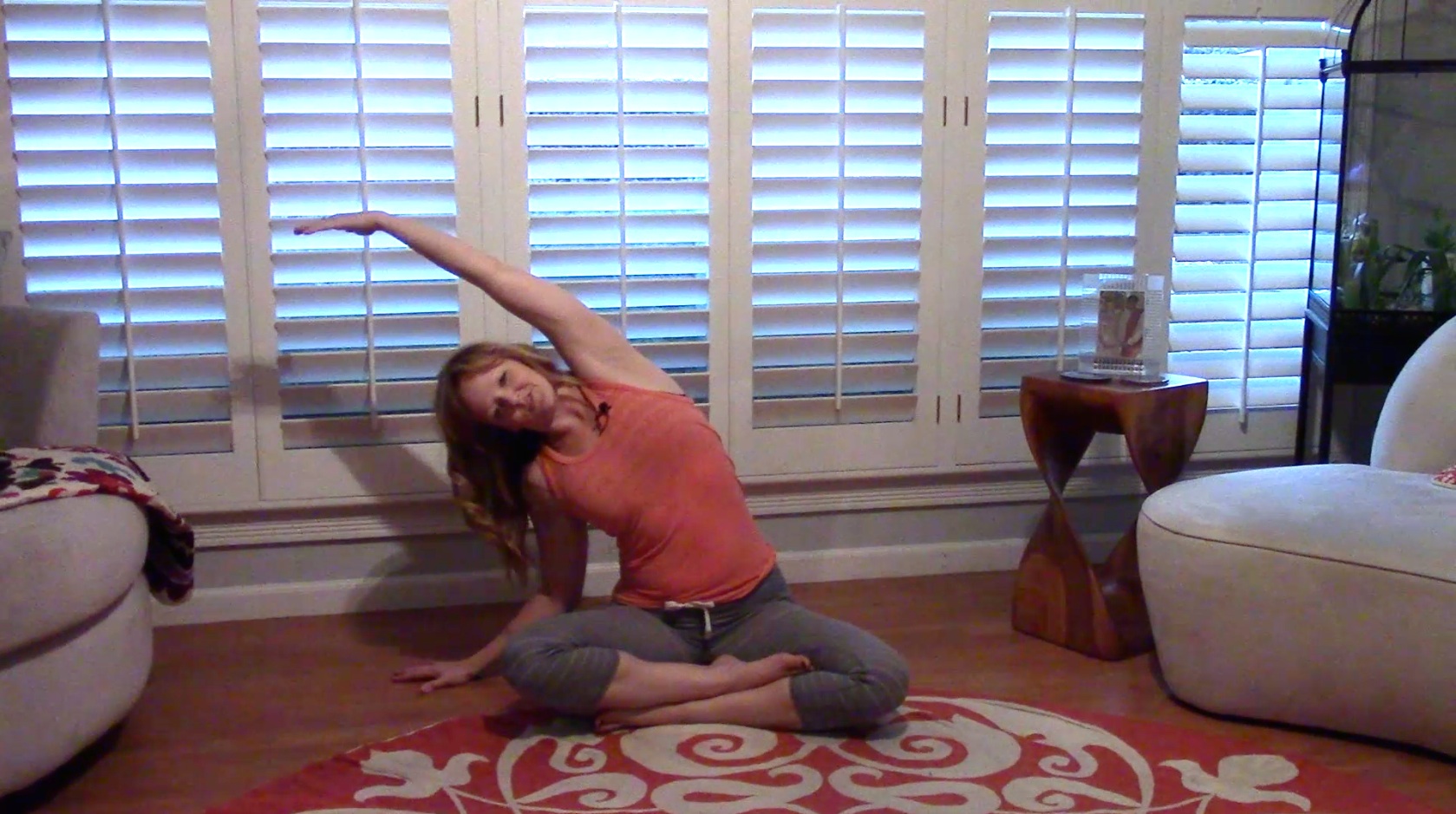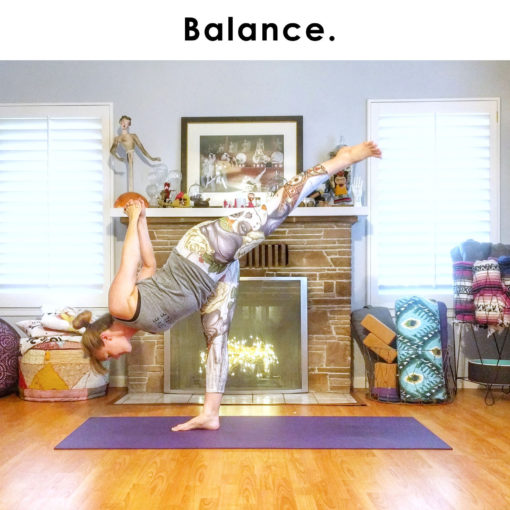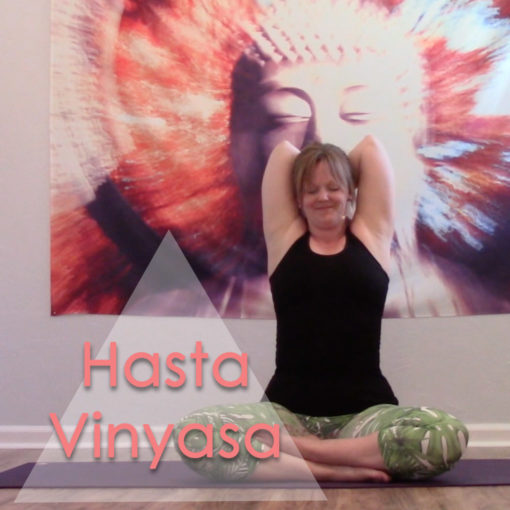In nearly every yoga class, the teacher says “come to a comfortable, seated position”. Whether this is to start the class in seated meditation, to do a little chanting, or stretching out the body a bit, I always notice a few people glancing around the room to figure out what this easy seat might be. Usually it is just sitting with the legs crossed, “Indian-style” as it used to be called when I was a kid (referring to Native Americans in my part of the country). But as you glance around the room, you may see people sitting in Japanese kneeling posture, in half lotus, full lotus, siddhasana – there’s always a few people doing something different to accommodate their bodies. As it should be! Finding a comfortable, seated position means something different for everyone, because we’re all inhabiting different bodies. So what does this have to do with lotus pose?
I found it funny that when I started my teacher training, when the words were uttered, “Find a comfortable seat…” they were followed by, “… it doesn’t have to be lotus pose,” or “… this doesn’t mean lotus pose”. I would quickly glance around, unfold my legs, and sit Indian-style, ankle bones crushing into each other, trying to figure out why on earth I wasn’t supposed to be sitting in lotus, how I had always sat for stretching, meditation, pranayama, et al. Eventually I asked and was told if that was my comfortable position, then by all means sit in it. Later, another teacher alluded to it being a way for the “experienced” yogi to show off, folding into lotus at the beginning of class before they were warm. Comme ci comme ça, I decided to follow the advice I preferred, to do what was comfortable.
Now, to be fair, my problem has never been flexibility in my legs. If anything, in the past few years I have had to focus on strengthening them. My skeletal structure also allows for a wide range of motion in the ankles and hip joints, which allowed this pose to come very easily for me. Couple that with the fact that I first tried this pose around 18 years of age, and over the years I have tended to sit this way even at my desk (I’ve never been one for sitting in a chair the proper way, and have generally preferred the floor to furniture), this pose comes very easily to me. All of this not my way of saying nah nah nah nah boo boo, it’s my way of saying even though I’ve created this video to help you discover padmasana, your body is different from mine, so find what works best for you!
Light on Yoga describes padmasana as, “…one of the most relaxing poses. The body being in a sitting posture, it is at rest without being sloppy. The position of the crossed legs and the erect back keeps the mind attentive and alert… On the purely physical level, the pose is good for curing stiffness in the knees and ankles.” While I’m not sure about this posture keeping my mind alert (it seems to wander just as easily here as anywhere), I do appreciate that the posture makes me feel very grounded and stable, my spine does easily stay erect, and I can hang out here without being too fidgety. On days when I can feel a bit of stiffness, I do find it a good light stretch for the tendons attaching to the knee, the ankles, and the iliopsoas, but it’s not the posture I would recommend to stretch these areas out if they were really tight.
In this video, I’m taking you through 3 postures that can be done on a block (recommended to start or on days you are feeling stiff), on a blanket, or on the ground. The first posture I demonstrate is just a way I’ve started sitting often when my leg and hip muscles are tight. I guess I will call it Courtney’s Favorite Easy Pose, as it doesn’t really match any exact asana I’ve seen (maybe it’s the girly version of siddhasana). The other two postures are half lotus and full lotus. Give them a try and notice what areas of the leg feel tension, and how the left side and the right side differ from each other. As I mention in the video, if you feel no pain, but you have one side that is a bit harder than the other, don’t always favor the easy side. Work on the harder side too, and eventually, both sides may open up for you.
And remember, always be conscious of your body and how it feels today, in this moment of your practice. Honor that feeling. That’s why there are so many postures to choose from!
